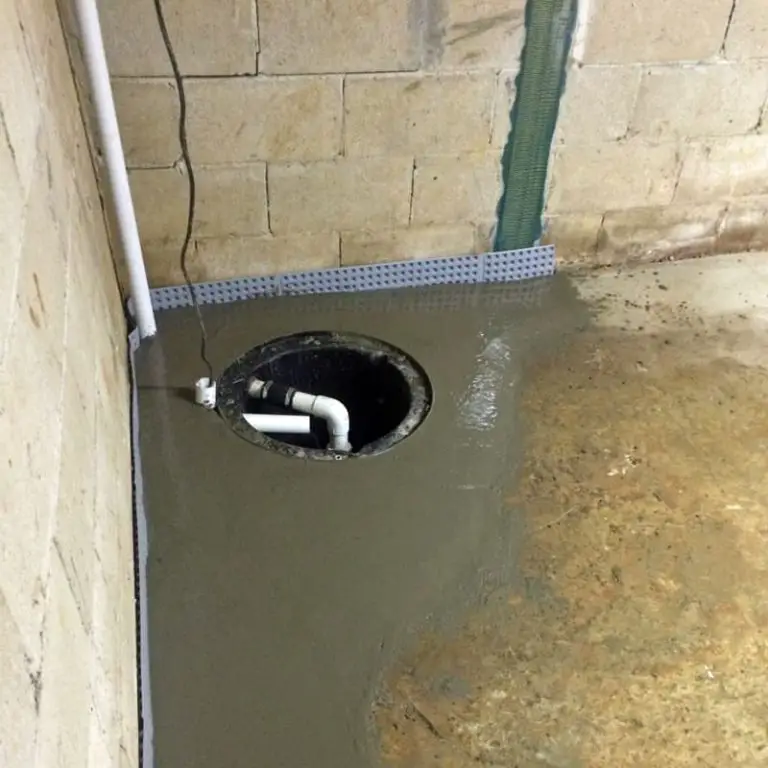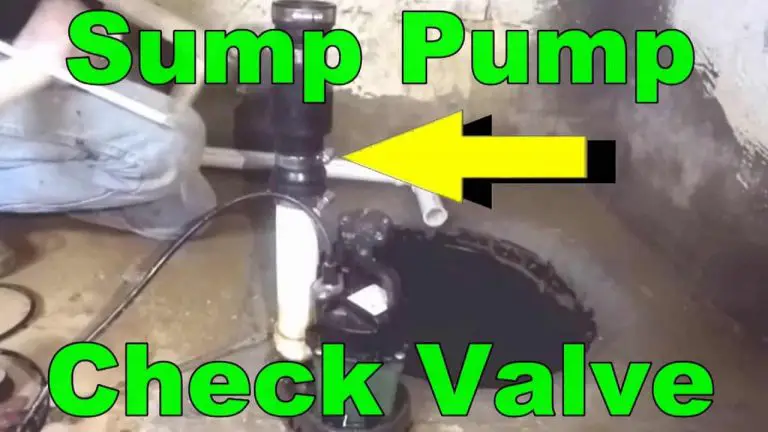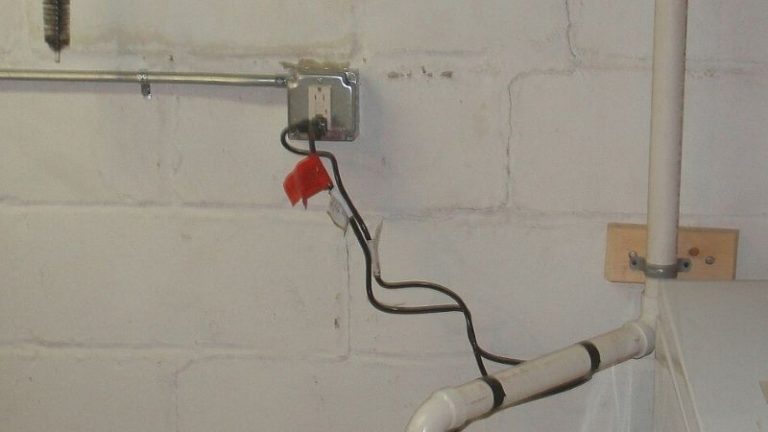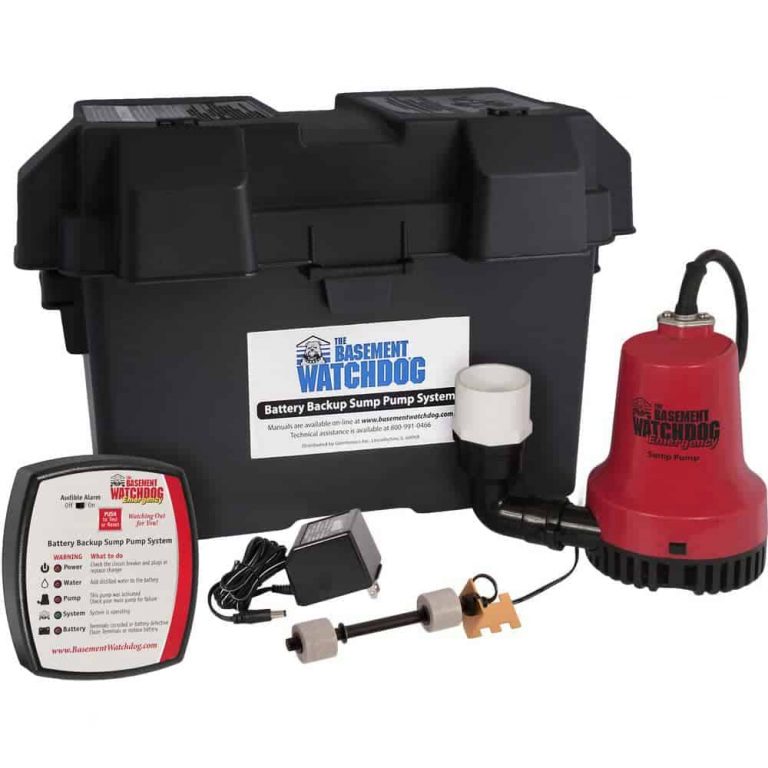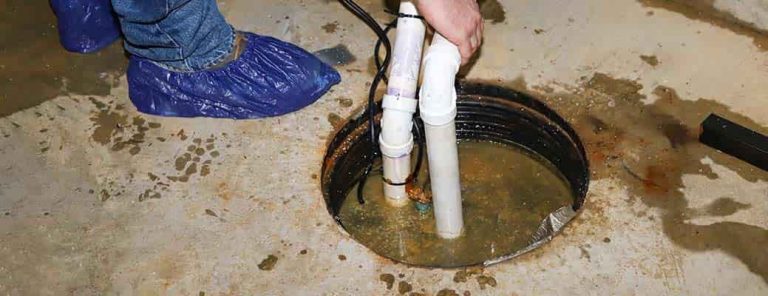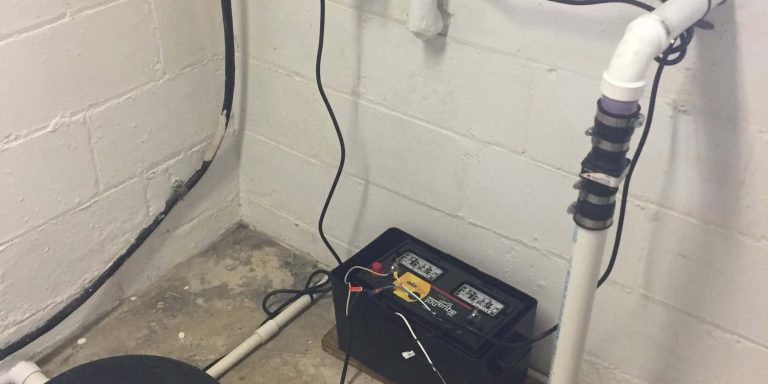Sump pump maintenance-things you need to know
A sump pump is important to helping homeowners work through stressful flooding and other related issues on their basement floor.
At least once per quarter, and preferably before the rainy season, you need to check your sump pump to ensure it’s working well.
Groundwater, moisture, sleet, and even snow can cause water to seep into the foundation and cause it to weaken over time.
A well-maintained sump pump will provide confidence in ensuring a swift, efficient, and inexpensive cleanup when flooding occurs.
Whether you have a pedestal or submersible sump pump, there are critical areas to check regularly.
Have a reliable backup pump
Like any other mechanism, breakdowns will happen occasionally. It’s a good idea to have a good quality backup sump pump in case your main pump fails.
However, you also need to make regular checks to ensure the backup pump is ready to work especially in emergencies.
Make sure the battery is fully charged and ready to spring into action when you need backup power.
Check the power supply
Breaker trips or electrical shortages may cause your breaker to trip. Check the wiring and the ground fault circuit interrupter (GFCI) for any defects.
Keep the discharge lines clear
Debris and other particles may get into the discharge lines via flowing water.
Such items may block the discharge line and grate and prevent the water from flowing freely.
Test the pump often
Testing your pump regularly is another way to ensure it is functioning well at all times.
Dirt and debris and sediment in the water may block the pump float and prevent it from moving freely.
To check the pump, pour some water into the sump pit and check to see if the pump gears up by itself.
If the float does not work when it senses the water, you may need to clean around the area.
Clean the pump regularly
Tools:
A brush with bristles
Paper towels
A garden hose
First, disconnect your sump pump from the electrical supply. Take out the pump from the sump pit and clear any small particles, debris or dirt from the area.
Next, take out the grate from the base of the pump and give it a good scrubbing. Then wipe around the sump pump enclosure before replacing the pump.
Check the hose
Your hose connections may loosen up from time to time. Regular checks will help tighten any areas and help reduce leaks and the pump cycle will also work better.
Test the float switch
The float switch keeps the pump moving. A faulty float will cause the pump to start and stop frequently.
Testing the switch periodically will help reduce any breakdowns. Keep the area around the switch clean and clear of small rocks and other clogs.
Keep an eye on the pump to see how well it is starting and stopping. Make any adjustments as needed.
Noise in the pump
A noisy pump may mean there’s a faulty motor or wear and tear on the bearings. Check on the hose connections for any vibrations that need fixing.
Check the impeller
The pump’s impeller keeps rotating to help regulate the flow of water through the sump pump.
Check the impeller regularly to see if there are any particles that need clearing.
Check the pump installation
The installation process may be a critical area that you might overlook.
If the pump is not working well, there’s no harm in checking to ensure it’s installed properly.
Re-check your manual and tweak any areas you might miss.
Test the check valve
The check valve in the sump pump helps prevent water from backing up inside the discharge lines and making its way back into the sump pit.
Check for any defects by listening to the water as it runs through the line. It may be the valve could be open and need closing to stop any leaks.
Get a pump alarm
Going down to the basement to check on your pump may be time-consuming and stressful.
Try to make the best use of technology and install an alarm system that can alert you when there’s a problem.
Conclusion
Maintaining your sump pump will help ensure it’s working well, in times when you can ill afford for it to be out of order.
Regular checks and periodic cleaning will help fix minor issues and avoid huge maintenance costs.

